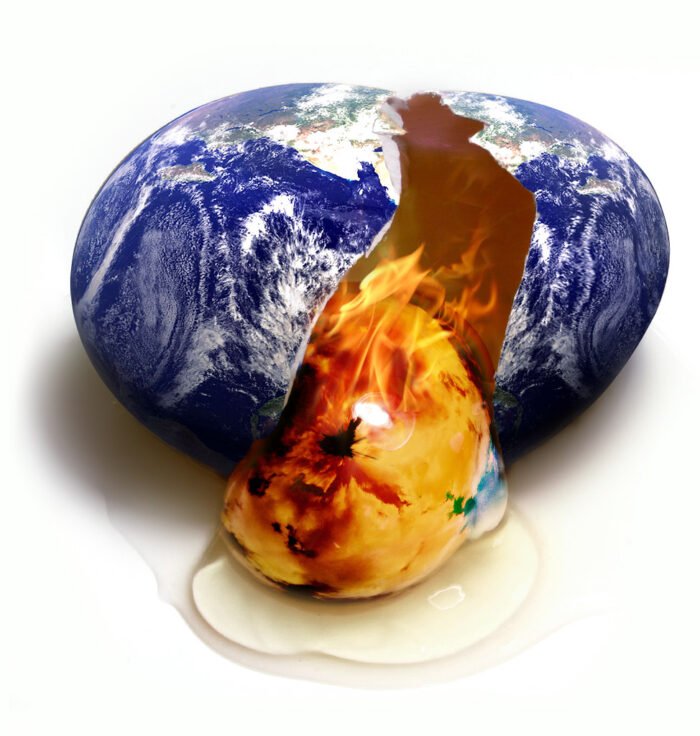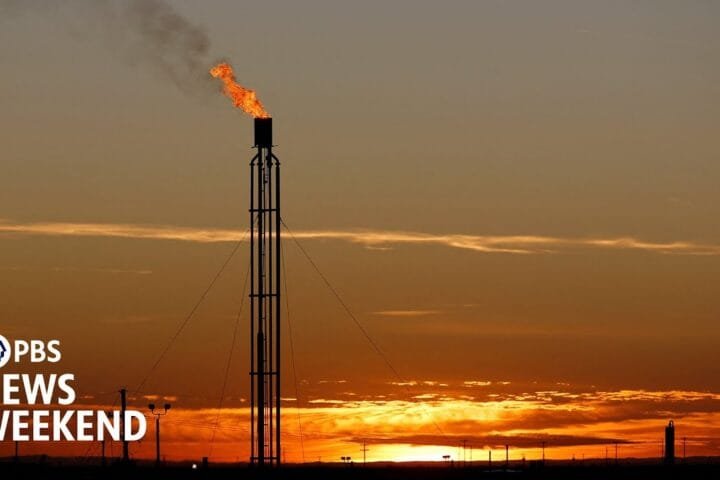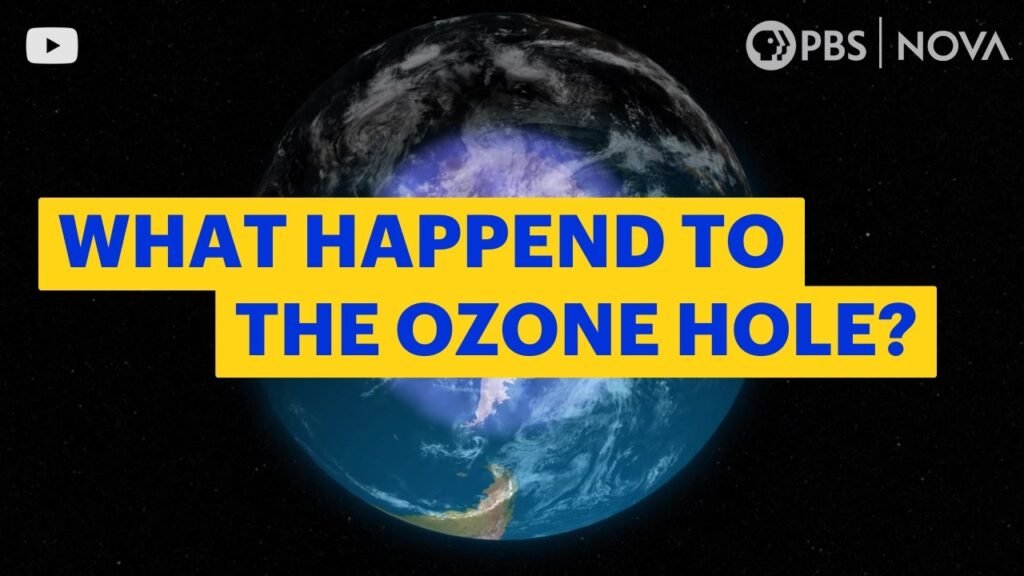From WRI
Summary
WRI’s analysis reveals that cities face drastic climate impacts under 3°C warming compared to 1.5°C, with low-income cities suffering the most. Heat waves, increased cooling demand, and heightened disease risks will worsen, particularly in regions like sub-Saharan Africa and Southeast Asia. Urgent action is needed for adaptation and emission reductions to protect urban populations.
Highlights -🌍
- Urban Heat Waves: Cities may experience longer and more frequent heat waves under 3°C warming. 🔥
- Cooling Demand Surge: An increase in heat will cause a significant rise in energy demand for cooling. ⚡
- Disease Risks: Higher temperatures will enhance the spread of diseases like dengue and malaria. 🦟
- Low-Income Impact: Vulnerable cities in low-income regions will face the worst effects of climate change. 🌐
- Urgent Action Required: City leaders must prioritize climate adaptation and emission reduction strategies. ⏳
- Data-Driven Decisions: Improved data is essential for making informed decisions about climate risks. 📊
- Global Population Growth: By 2050, two-thirds of the global population will reside in cities, increasing pressure on urban infrastructure. 🏙️
With over two-thirds of the world’s population expected to live in cities by 2050, new global data on the 1,000 largest cities provides a granular view into potential climate futures — highlighting growing hazards and the urgent need for climate adaptation investment
WASHINGTON (September 19, 2024) — Under the world’s current trajectory of 3 degrees C (5.4 degrees F) of warming from pre-industrial averages, cities across the globe may endure far more frequent and longer heat waves, skyrocketing demand for cooling, and more widespread disease risk, compared to 1.5 degrees C (2.7 degrees F), according to new analysis from World Resources Institute’s (WRI) Ross Center for Sustainable Cities. Low-income cities and cities in sub-Saharan Africa, Latin America and Southeast Asia are likely to be hardest hit.
WRI analyzed climate hazards for 996 of the world’s largest cities — home to 2.1 billion people (26% of the global population) — using estimates based on downscaled global climate models. The modeling and analysis show a sizable difference between 1.5 degrees C and 3 degrees C for urban areas, underscoring the need for city and national governments to inform their investments and policies with city-level data. This new statistical modeling method can make it easier to predict city-scale impacts from global data and points to the urgency for even more granular modeling work to enable cities to prepare for the worst effects of climate change and rally to reduce emissions faster. This work was supported by Bloomberg Philanthropies.
[...]





